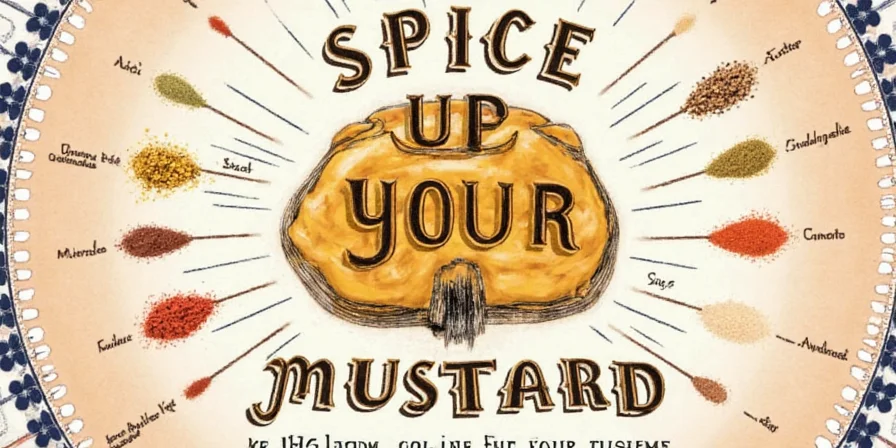
When searching for spices in mustard, you want to know exactly which spices enhance flavor and how to use them properly. The most common spices added to mustard include turmeric for earthy notes, paprika for warmth, coriander for citrusy brightness, cumin for depth, and black pepper for balanced heat. Each spice serves a specific purpose in creating complex flavor profiles beyond basic mustard's one-dimensional taste.
Why These Spices Work in Mustard
Basic mustard contains only seeds, water, and vinegar, but adding specific spices transforms it into a multidimensional condiment. These ingredients interact with mustard's chemical compounds to create enhanced sensory experiences:
- Turmeric provides earthy notes with vibrant color
- Paprika adds sweet or smoky warmth depending on variety
- Coriander contributes citrusy floral accents
- Cumin delivers nutty depth for robust profiles
- Black Pepper offers balanced heat and bite
- Allspice creates cinnamon-clove-nutmeg complexity
- Clove brings intense warmth (use minimally)

Spice Comparison Table: Mustard Applications
| Spice | Flavor Profile | Recommended Amount Per Cup | Best Mustard Pairings |
|---|---|---|---|
| Turmeric | Earthy, slightly bitter | ½-1 tsp | All-purpose yellow mustard, salad dressings |
| Paprika | Sweet, smoky, or hot | ½-1 tsp | BBQ sauces, pretzel dips, grilled meats |
| Coriander | Citrusy, floral | ½-¾ tsp | Seafood dressings, spring salads, light vinaigrettes |
| Cumin | Nutty, earthy | ¼-½ tsp | Charcuterie boards, roasted vegetables, Mexican-inspired dishes |
| Clove | Intense, sweet-spicy | ⅛-¼ tsp | Holiday mustards, festive blends, winter dishes |
| Allspice | Warm, fruity | ¼-½ tsp | Sweet mustards, complex profiles, Bavarian-style recipes |
| Black Pepper | Peppery, mildly spicy | ½-1 tsp | Universal enhancement, meat marinades, sandwich spreads |
Proven Spice Blends for Homemade Mustard
These three science-tested spice combinations deliver restaurant-quality results with precise measurements:
Classic All-Purpose Mustard Blend
- 1 tsp turmeric
- 1 tsp paprika
- ½ tsp cumin
- ¼ tsp black pepper
Perfect for sandwich spreads and pretzel dips. Rest for 24 hours before serving to allow flavors to meld.
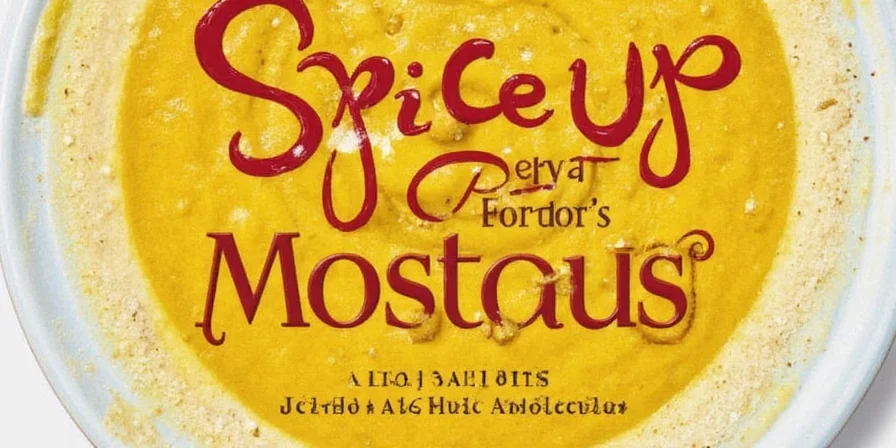
Zesty Citrus Mustard Blend
- 1 tsp coriander powder
- ½ tsp lemon zest
- ¼ tsp fennel seed
- Pinch of allspice
Ideal for seafood dressings and spring salads. The citrus elements cut through rich flavors while maintaining mustard's characteristic bite.
Smoky Heat Mustard Blend
- 1 tsp smoked paprika
- ½ tsp chili powder
- ¼ tsp cayenne
- ¼ tsp black pepper
Transforms barbecue sauces and grilled vegetables. The smoked paprika provides depth without overwhelming heat.
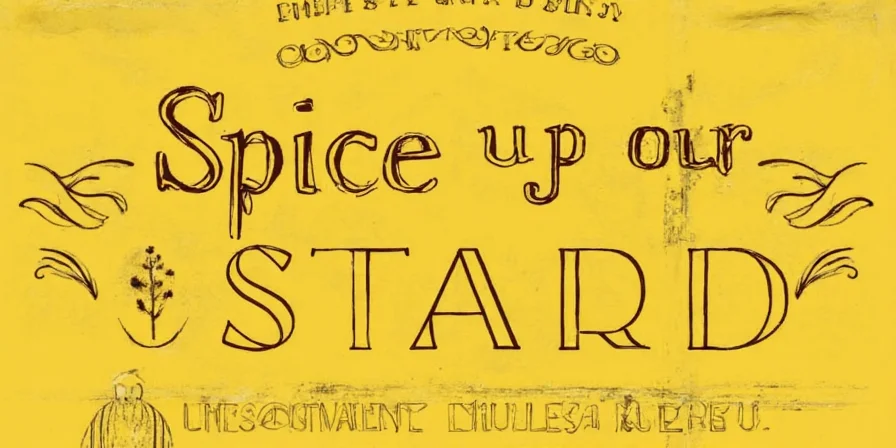
Professional Tips for Perfect Spiced Mustard
- Toast whole spices before grinding to release essential oils—especially effective for cumin and coriander seeds
- Control potency by adding strong spices (clove, allspice) incrementally; they intensify during the 24-hour resting period
- Use vinegar as your liquid base—acid extracts spice compounds more effectively than water alone
- Rest for 24 hours after mixing to allow flavor integration and mellow harsh notes
- Balance sweet-spice ratios when using honey: pair with black pepper to prevent cloying sweetness
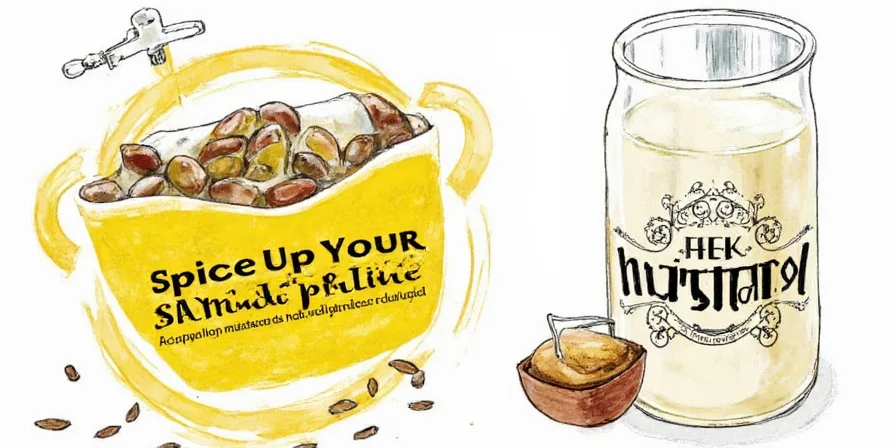
Science Behind Spice-Mustard Interactions
Mustard's pungency comes from sinigrin—a compound released when seeds hydrate. Spices interact with this process in specific ways:
- Coriander's linalool compounds soften sharp mustard notes
- Cumin's cuminaldehyde enhances umami perception
- Paprika provides warmth without competing for sensory dominance
This molecular synergy explains why certain spice combinations work better than others in mustard applications.
Frequently Asked Questions
What's the most commonly used spice in commercial mustard?
Turmeric is the most widely used spice in commercial yellow mustard, primarily for its vibrant color and mild earthy flavor. Paprika follows closely for its warming properties without overwhelming heat.
How do I prevent spices from settling in homemade mustard?
Use a combination of fine-ground spices and ensure proper emulsification. Whisk vigorously when mixing, and include a small amount of xanthan gum (1/16 tsp per cup) to maintain suspension without altering flavor.
Which spices extend mustard's shelf life?
Acidic spices like coriander actually extend shelf life slightly due to their natural preservative properties. However, always use distilled vinegar (5% acidity) as your base liquid for optimal preservation regardless of spice additions.
Can I use fresh spices instead of dried in mustard?
Dried spices work best in mustard preparation. Fresh herbs introduce excess moisture that dilutes flavor and accelerates spoilage. For citrus elements like lemon zest, use fresh but reduce liquid elsewhere to maintain consistency.
How long do spices remain potent in homemade mustard?
Spice potency peaks at 48 hours after preparation but remains stable for 3-4 weeks when refrigerated. Turmeric and paprika fade fastest; cumin and black pepper maintain intensity longest. Always store in airtight containers away from light.
Key Takeaways
The right spices transform basic mustard into a complex condiment with layered flavors. Focus on precise measurements—especially for potent spices like clove and allspice—and allow 24 hours for flavors to fully develop. By understanding how different spices interact with mustard's chemical compounds, you can create custom blends that enhance specific dishes rather than overwhelming them. Start with the recommended measurements, then adjust to your personal preference as you gain experience with spice-mustard combinations.

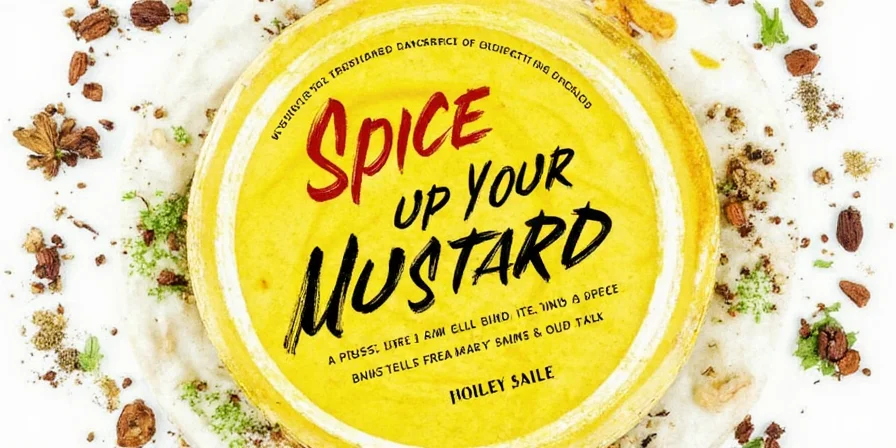









 浙公网安备
33010002000092号
浙公网安备
33010002000092号 浙B2-20120091-4
浙B2-20120091-4